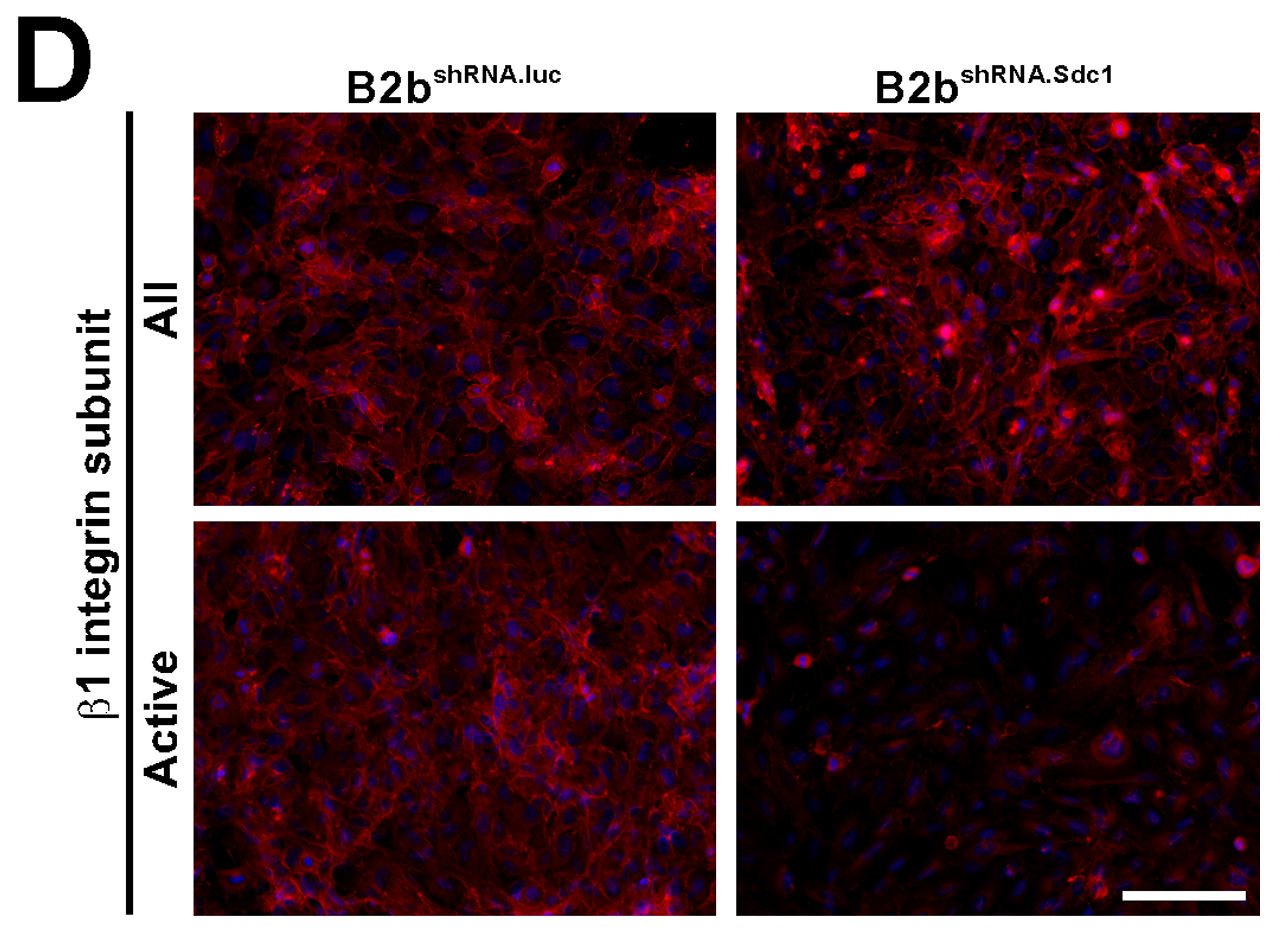Cat. #152482
Anti-CD29 [12G10]
Cat. #: 152482
Sub-type: Primary antibody
Unit size: 100 ug
Availability: 3-4 weeks
Target: CD29 (Integrin b1 chain)
Class: Monoclonal
Application: ELISA ; FACS ; IHC ; IF ; IP ; WB
Reactivity: Human
Host: Mouse
£300.00
This fee is applicable only for non-profit organisations. If you are a for-profit organisation or a researcher working on commercially-sponsored academic research, you will need to contact our licensing team for a commercial use license.
Contributor
Inventor: Martin Humphries
Institute: University of Manchester
Tool Details
*FOR RESEARCH USE ONLY
- Name: Anti-CD29 [12G10]
- Alternate name: Integrin Subunit Beta 1; Glycoprotein Iia; MSK12; GPIIA; FNRB; MDF2; Very Late Activation Protein; Beta Polypeptide; Fibronectin Receptor Subunit Beta; Integrin VLA-4 Beta Subunit; CD29 Antigen; VLA-BETA; CD29; VLAB
- Clone: 12G10
- Tool sub type: Primary antibody
- Class: Monoclonal
- Conjugation: Unconjugated
- Reactivity: Human
- Host: Mouse
- Application: ELISA ; FACS ; IHC ; IF ; IP ; WB
- Description: CD29 is a member of the family of integrins, membrane receptors involved in cell adhesion and recognition in a variety of processes including embryogenesis, hemostasis, tissue repair, immune response and metastatic diffusion of tumor cells.
- Immunogen: Purified human ?1 integrin preparation from HT1080 fibrosarcoma cell extract.
- Isotype: IgG1
- Myeloma used: P3X63Ag8.653
Target Details
- Target: CD29 (Integrin b1 chain)
- Target background: CD29 is a member of the family of integrins, membrane receptors involved in cell adhesion and recognition in a variety of processes including embryogenesis, hemostasis, tissue repair, immune response and metastatic diffusion of tumor cells.
Applications
- Application: ELISA ; FACS ; IHC ; IF ; IP ; WB
Handling
- Format: Liquid
- Concentration: 0.9-1.1 mg/ml
- Unit size: 100 ug
- Storage buffer: PBS with 0.02% azide
- Storage conditions: -15° C to -25° C
- Shipping conditions: Shipping at 4° C
References
- Chen et al. 2009. PLoS One. 4(8):e6565. PMID: 19668337.
- MMP7 shedding of syndecan-1 facilitates re-epithelialization by affecting alpha(2)beta(1) integrin activation.
- Yamamoto et al. 2009. Endocrinology. 150(2):990-9. PMID: 18845630.
- N-acetylglucosaminyltransferase V regulates extravillous trophoblast invasion through glycosylation of alpha5beta1 integrin.
- Yamamoto et al. 2007. Br J Cancer. 97(11):1538-44. PMID: 17971775.
- Expression of N-acetylglucosaminyltransferase V in endometrial cancer correlates with poor prognosis.
- Cavallo-Medved et al. 2005. J Cell Sci. 118(Pt 7):1493-503. PMID: 15769846.
- Caveolin-1 mediates the expression and localization of cathepsin B, pro-urokinase plasminogen activator and their cell-surface receptors in human colorectal carcinoma cells.
- Avizienyte et al. 2002. Nat Cell Biol. 4(8):632-8. PMID: 12134161.
- Src-induced de-regulation of E-cadherin in colon cancer cells requires integrin signalling.
- Iba et al. 2000. J Cell Biol. 149(5):1143-56. PMID: 10831617.
- The cysteine-rich domain of human ADAM 12 supports cell adhesion through syndecans and triggers signaling events that lead to beta1 integrin-dependent cell spreading.
- Mould et al. 1998. Biochem J. 331 ( Pt 3):821-8. PMID: 9560310.
- Regulation of integrin function: evidence that bivalent-cation-induced conformational changes lead to the unmasking of ligand-binding sites within integrin alpha5 beta1.
- Mould et al. 1995. Biochem Soc Trans. 23(3):395S. PMID: 8566283.
- Regulation of integrin alpha 5 beta 1 function by anti-integrin antibodies and divalent cations.
- Mould et al. 1995. FEBS Lett. 363(1-2):118-22. PMID: 7537221.
- Identification of a novel anti-integrin monoclonal antibody that recognises a ligand-induced binding site epitope on the beta 1 subunit.




